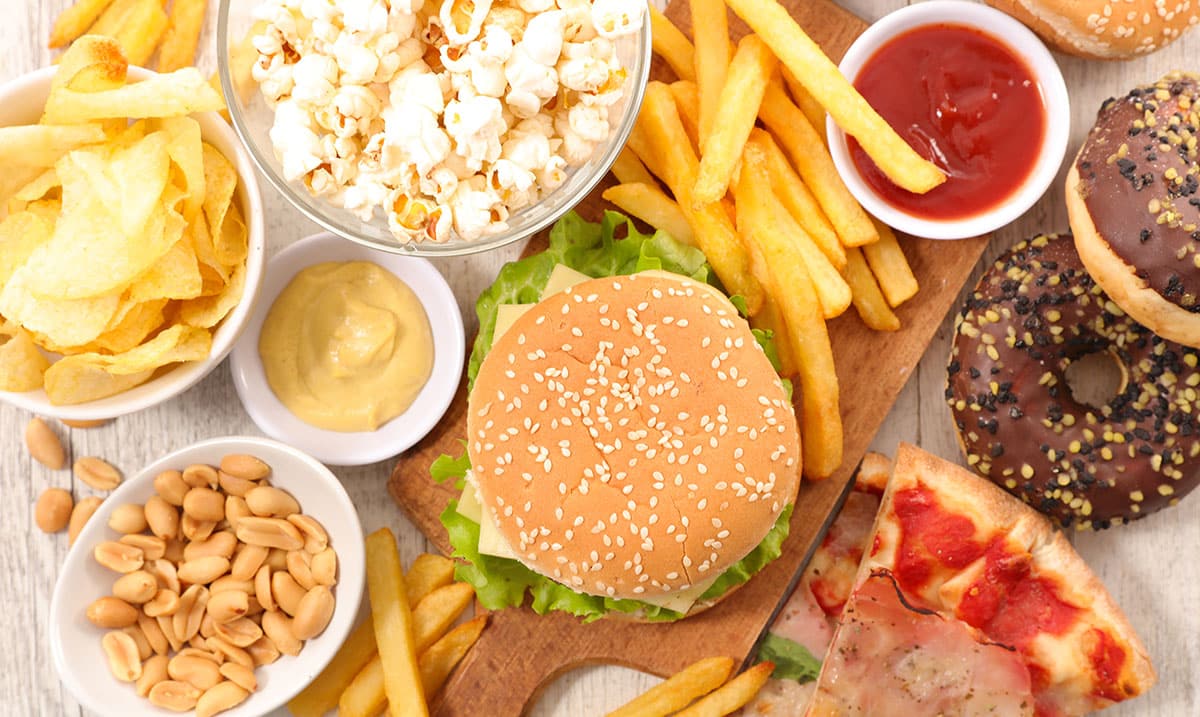Sure, you’ve always noticed the red ‘blood’ in your red meat, however, have you ever stopped to think about what it might be? It is not blood.
The red juice that collects in the package of red meat is actually not blood. Almost all of the blood is removed from the meat during processing so any blood that may still be there is in the muscle tissue. The blood-like liquid we see is actually a mixture of water and a protein called myoglobin.
The reason this is found in our meat is to help ship oxygen to muscle cells. The myoglobin is very pigmented wich is why the more myoglobin there is in your meat the redder it will be. The levels of myoglobin in our meat essentially determine whether the meat will be “white,” “red,” or “dark.” White meat contains hardly any myoglobin which is why it is much lighter and not red at all.
Myoglobin is also the reason as to why meat changes color when you cook it. In red meats myoglobin changes from red to a grayish tan brown as it is heated. Red meat is usually fresher than meat that has already turned brown. This is because when the myoglobins are exposed to air they turn brown.
Carbon Monoxide and Meat
Sadly, this method has become less effective when it comes to choosing the freshest meat here in the United States, though, because the FDA allows the use of carbon monoxide as a preservative. This is something that attaches to the myoglobins and prevents the color from interacting with oxygen.
Most consumers have no idea that over 70% of the beef and chicken in the United States and Canada is treated with toxic carbon monoxide gas and that the FDA allows this treatment, despite the fact that there are known health risks for the consumers.
When people are exposed to higher levels of CO, the gas takes the place of oxygen in the bloodstream and wreaks havoc. Milder exposures mean headaches, confusion, and tiredness. Higher exposures mean unconsciousness and death, and even those who survive CO poisoning can suffer serious long-term neurological consequences.




